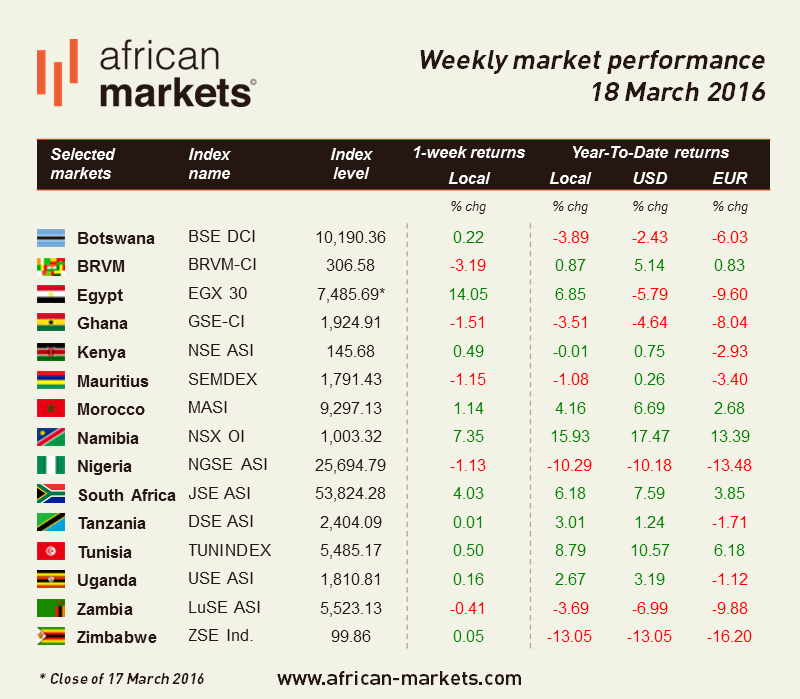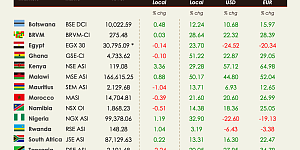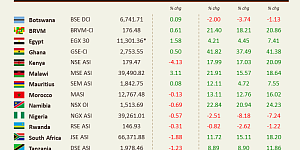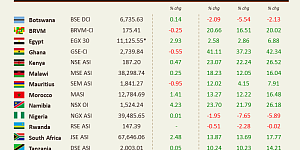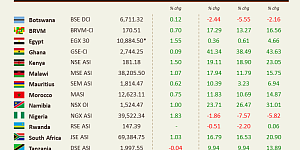While one swallow does not a summer make, this week awarded global investors with an early Easter gift. The US Fed meeting on Wednesday boosted world stocks as The Federal Reserve signalled two more interest rate hikes for this year instead of the four it had projected back in December ; citing an uncertain global economic outlook. The Fed’s lower interest rate outlook has been greeted with relief across most trading floors. Tighter monetary policy traditionally goes hand in hand with a stronger currency as investors chase higher yields. Lowered interest rate prospects sent global markets higher as low interest rates traditionally encourage spending, the rising tide lifting all boats. The dollar has been in a bull-run for the past few years. So when the Fed unexpectedly tempered its hawkish tone, it also took the wind out of the greenback’s sail. The Fed's move also boosted emerging market currencies and sent the dollar tumbling, which in turn provided a boost to dollar-priced crude oil, which surged above $40 per barrel. The ICE Dollar Index shed 1.2% for the week, sparking a rally in the stock market.
EGX30 marks the best performance of this week, as it soared 14.07%. Egypt’s central bank devalued the country’s pound by about 13% during a dollar sale on Monday and said it would adopt a more flexible exchange rate to attract investments and shore up foreign reserves, a move praised by economists, bankers, and industrialists alike. Restrictions on foreign-currency deposits in the country have been in effect since February 2015. Besides, it sold $198.3 million in an “exceptional” sale the next day, almost five times the usual amount sold to banks three times a week. In parallel, to contain inflationary risks that a devaluation inevitably brings, Egypt's Central Bank raised interest rates by 1.5 percentage points on Thursday. The magnitude of the hike is in line with expectations and was necessary to defend the pound following the devaluation move. But for sustained results, Egypt needs inflows of foreign currency to pick up. The steep devaluation freed up cash that had been sleeping on the sidelines, as the major overhang on the market was the overvalued pound. The Central Bank aims to keep the inflation rate at an average of 10% in order to maintain the pound’s purchasing power.
JSE ASI rose by 4.03%. The rand rallied more than 3% to its strongest in more than a week after the South African central bank hiked the benchmark repo rate by 25 basis points to 7% amid a political showdown that has jolted President Jacob Zuma's government. NSX OI climbed 7.35% driven by the Namibian dollar pegged one-to-one to the South African rand and the commodity rebound which led to outperformance of the mining sector.
Dovish Fed supports sentiment turning in favour of risky emerging market assets but the question is whether this new-born interest for emerging-markets assets will last. If currencies continue to rally that will attract capital inflows, but if for one reason or another earnings surprise on the downside and guidance looks weak then a turnaround may arise. In any case, the Fed comments do pave the way for continued opportunities as valuations remain attractive and the dollar is not expected to rise sharply. This is what most African markets reflected this week but again one swallow does not a summer make…
